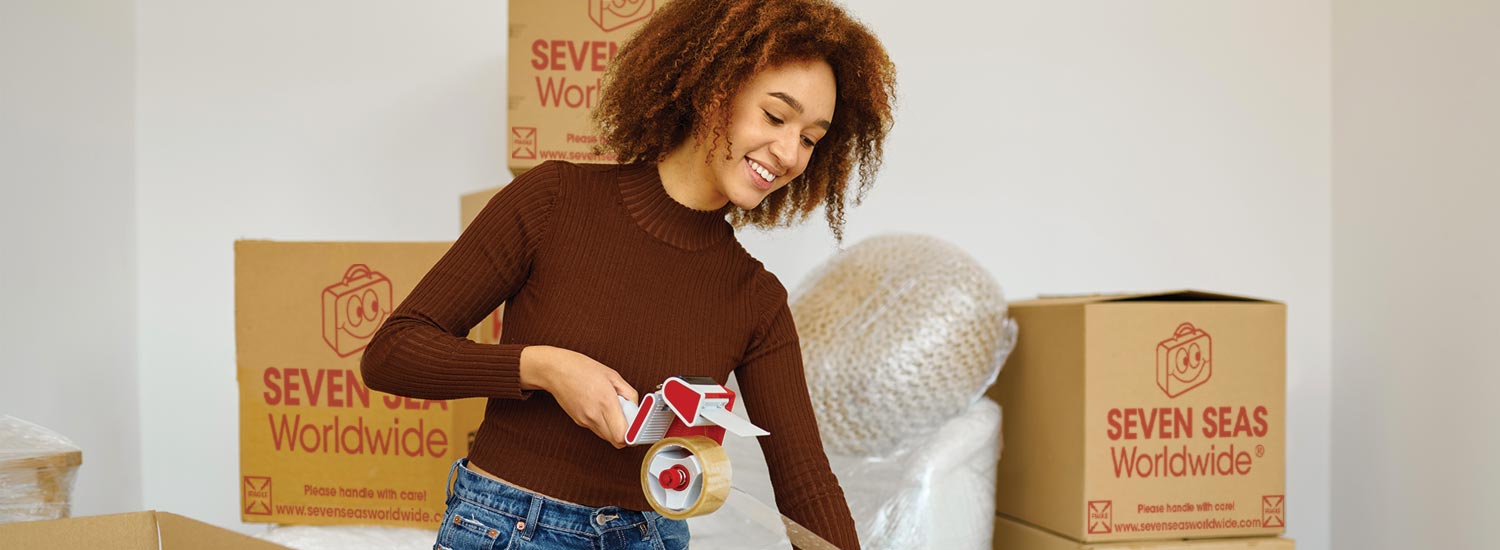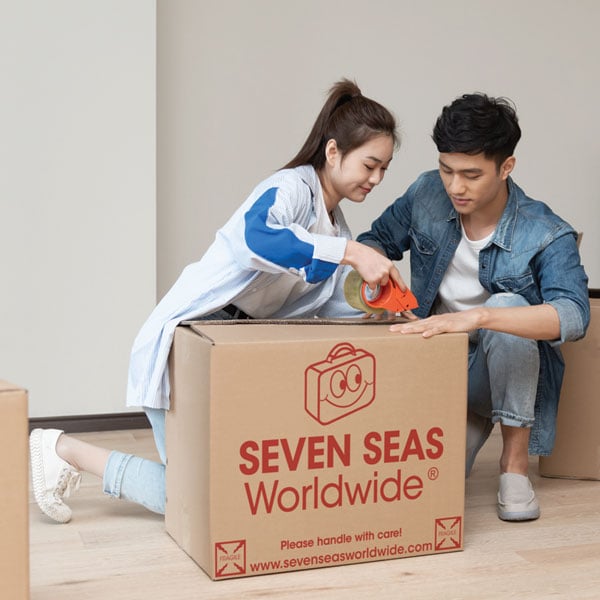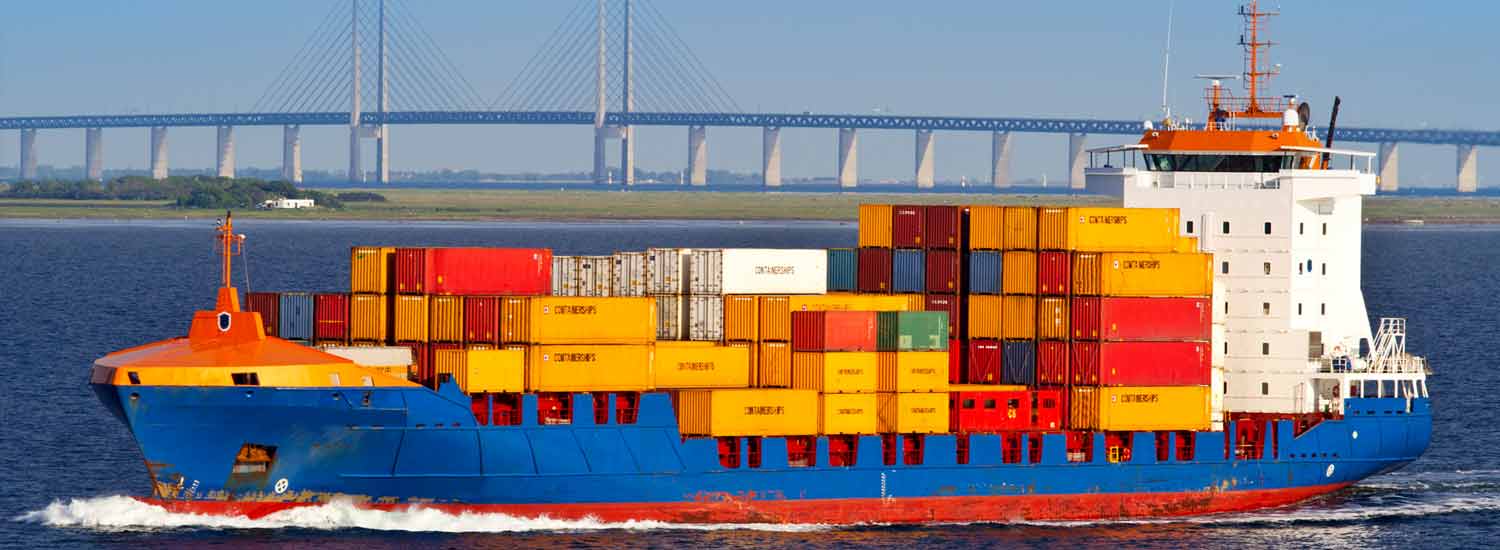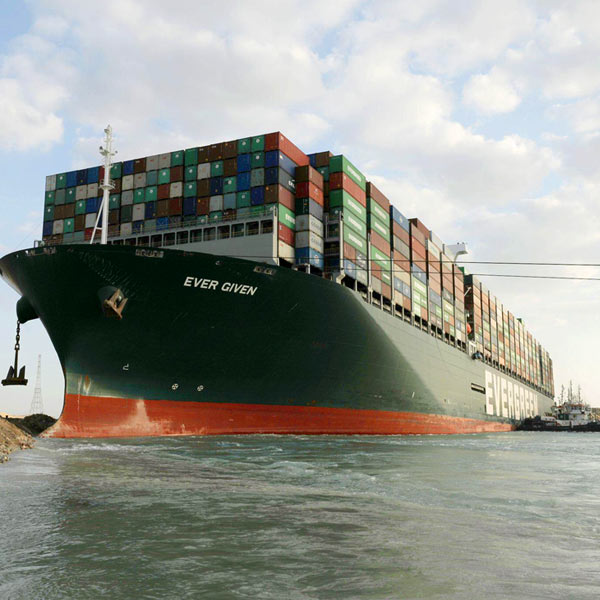Before packing, check this list of items prohibited from entering a particular country or region.
A shipping container is a solid metal, reusable box made from corten steel used to transport manufactured products and goods from point A to B. From household items such as coffee tables and TVs to microwave ovens, Seven Seas Worldwide have over 25 years of experience safely shipping containerised goods all around the world.
Before 1956, each and every box had to be manually moved and stacked onto a ship, making the process time consuming and labour intensive. Then, Malcom Mclean pioneered the concept of containerisation, which condenses all of the goods into secure containers, reducing congestion in ports, shortening shipping times, and minimising damage and theft. Shortly after, Keith Tentlinger, a mechanical engineer and inventor, developed designs such as corner castings and twist-lock systems. These would allow containers to securely connect to each other and various modes of transport such as trains and trucks using the twist-lock system.
Thanks to these simple, yet revolutionary ideas, shipping containers increased international trade contributing to the sustainability of economies all over the world.
Did you know?
The port of Shanghai, China is the busiest in the world, managing over 42 million TEU (twenty-foot equivalent unit) containers in 2018.
What are the standard sizes of shipping containers?
The standardised sizes are available in 20ft and 40ft lengths, measuring 8ft wide and 8.5ft in height. Smaller sizes measure 10ft in length; however, they're not used as often for sea shipping as it's difficult to safely stack them with 20ft and 40ft containers. 10ft containers are most commonly used to ship overland as they're much easier to manoeuvre.
For shipments that require more height, high-cube containers (HC containers) are available with a total height of 9.5ft.
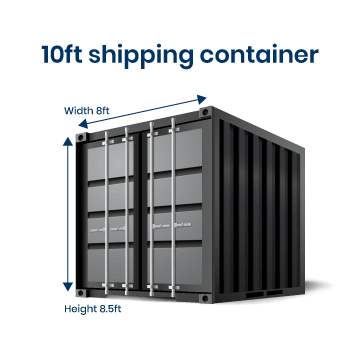
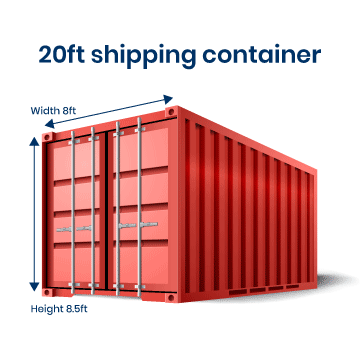
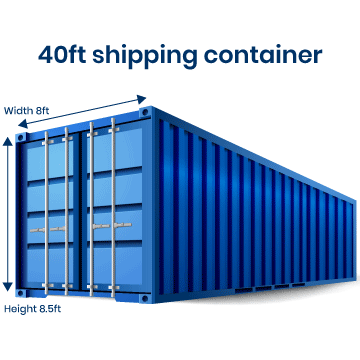
How containers keep your goods safe during transit
Shipping containers are regularly exposed to the elements, surviving constant attack from saltwater and differing climates around the globe. Because of this, they're constructed with corten steel, known for its structural and anti-corrosive properties, and painted with hard-wearing marine-grade paint for long-term protection. On top of that, the corrugated walls provide stability and strength in order to withstand heavy use during transportation.
Fun fact: containers can last over 25 years with the correct maintenance.
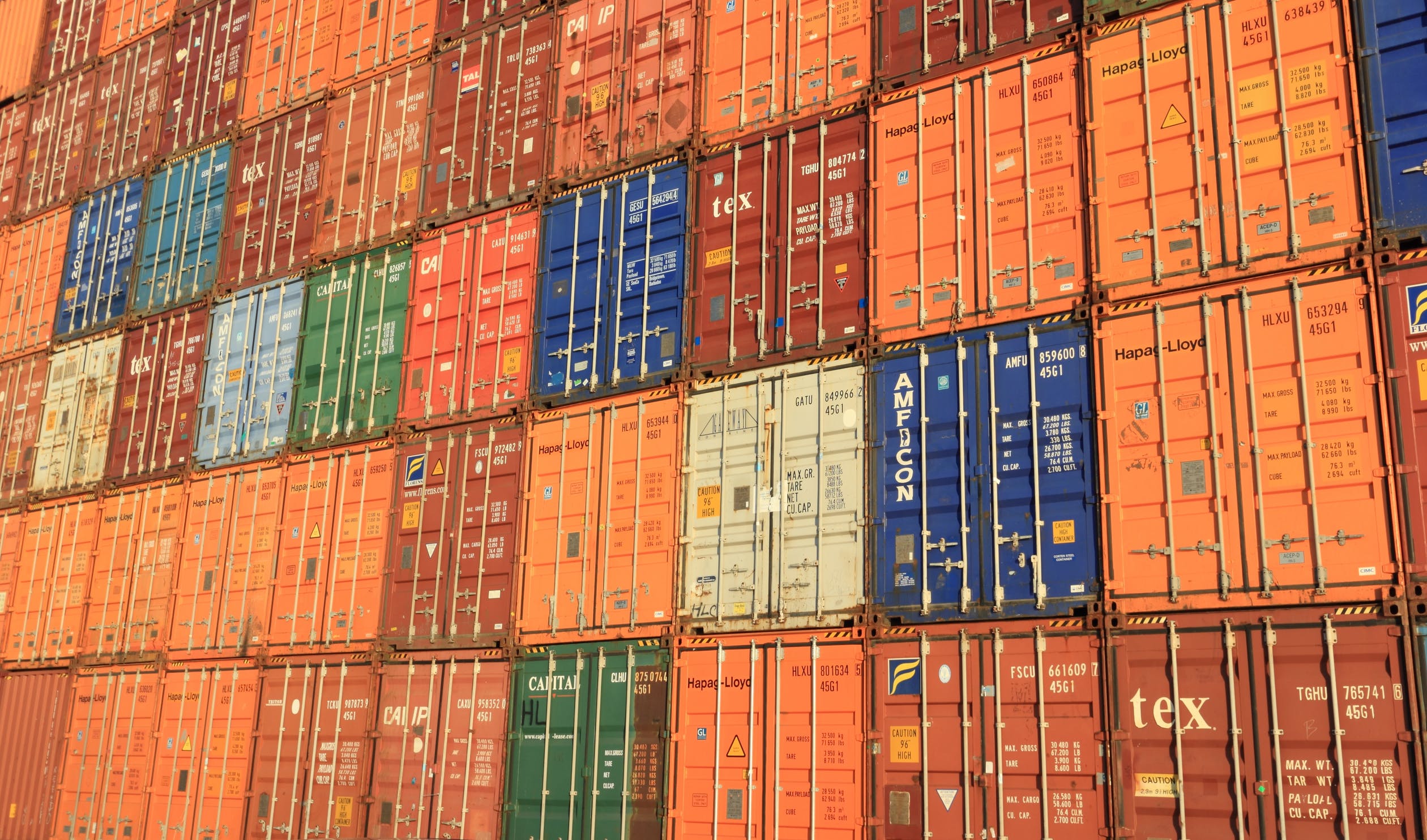
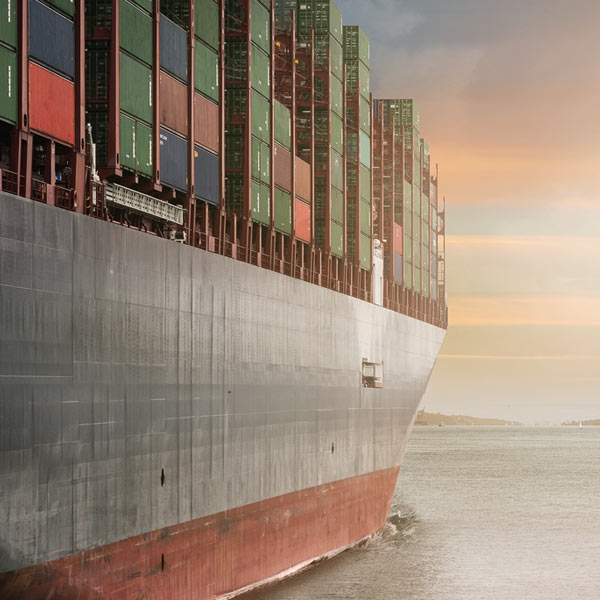
How the containerisation process works:
When loading containers for export, the following procedures are carried out to ensure the container loading process runs as smoothly as possible:
- Once we collect your shipment it is then taken to one of our local depots to be prepared for loading onto a container.
- Your shipment is then transported to our central hub where it's loaded onto the container and securely bolted and sealed where it remains sealed until it reaches its destination.
- The container is then transported to the port where it is loaded onto a vessel and sets off towards its destination.
- At this stage, you will be able to track your container live via your online dashboard.
How many MoveCubes® can you fit inside of a container?
The number of MoveCubes® that we can fit into a container depends on the size of the container. For example, if we take the largest container, which is 40ft in length, we have the following options:
- MoveCube® Option 1: 7x large, 1x medium and 1x small.
- MoveCube® Option 2: 15x medium and 1x small.
- MoveCube® Option 3: 22x small.
See our MoveCube® page for a full breakdown of sizes.
